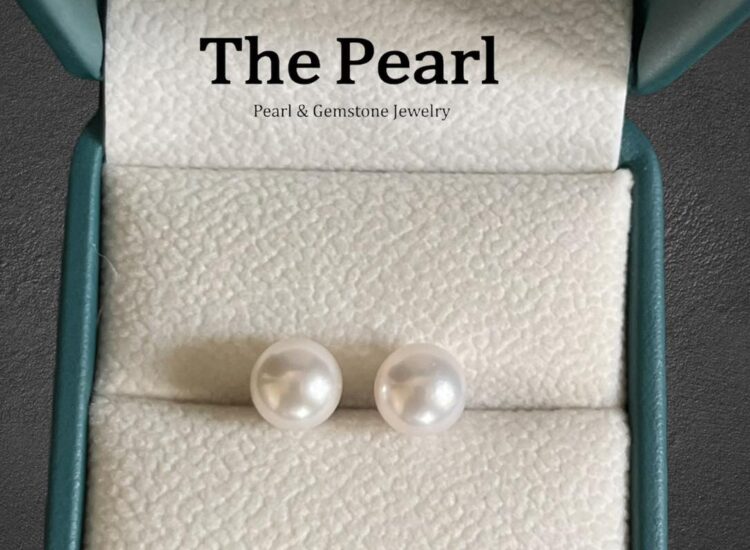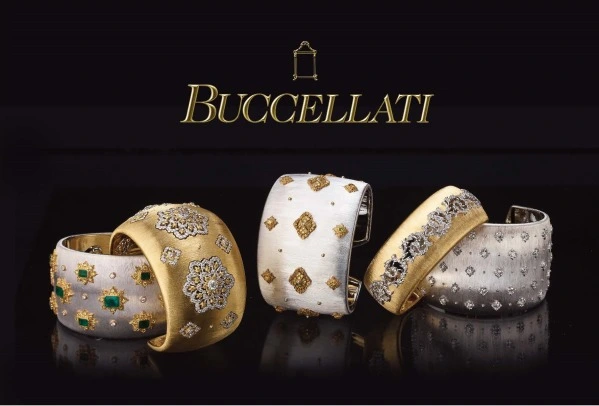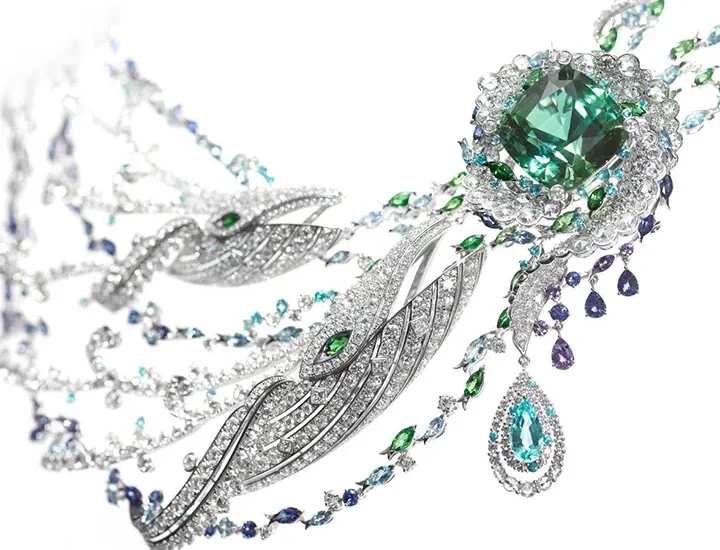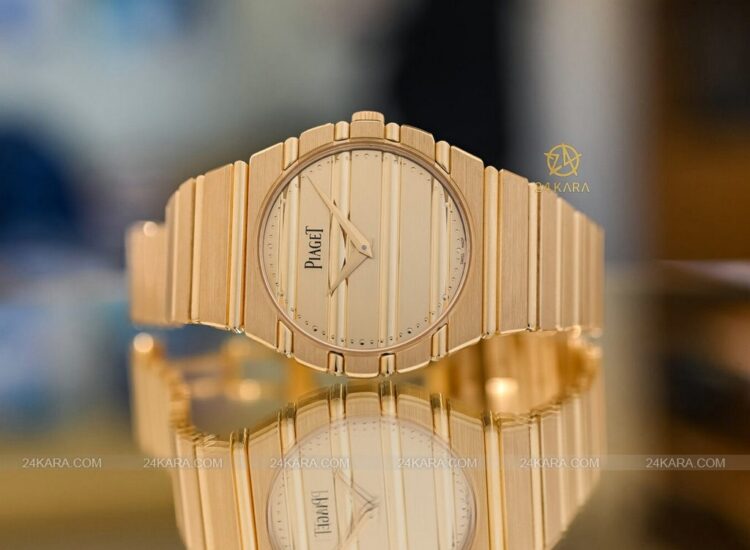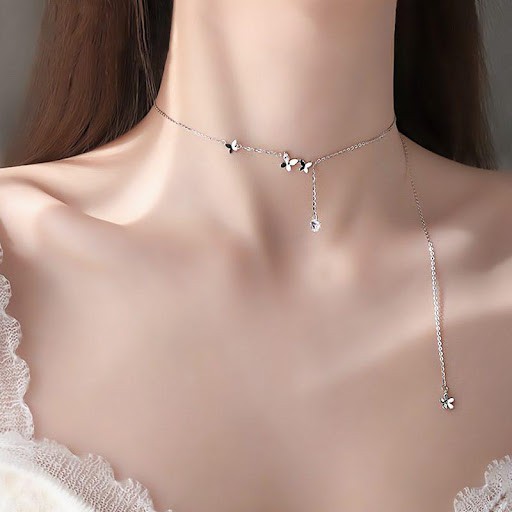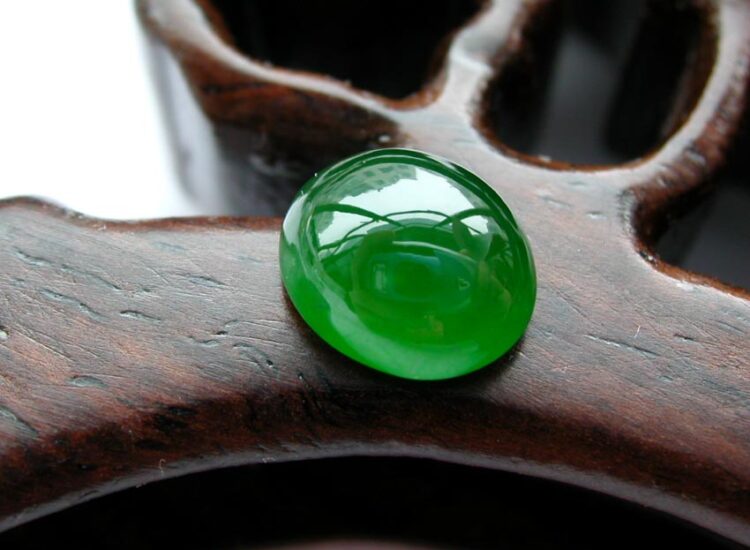The Titans of Twinkle: Exploring the Top 5 Largest Diamonds Ever Discovered
Diamonds, with their mesmerizing brilliance and enduring allure, have captivated humanity for millennia. These precious gemstones, formed deep within the Earth under immense pressure and heat, represent rarity, beauty, and often, significant historical importance. While carat weight is just one factor determining a diamond’s value, the sheer size of some discovered specimens is breathtaking. This article delves into the fascinating stories behind the top 5 largest diamonds ever found, each a titan of the gemological world.
1. The Cullinan Diamond: The Undisputed King
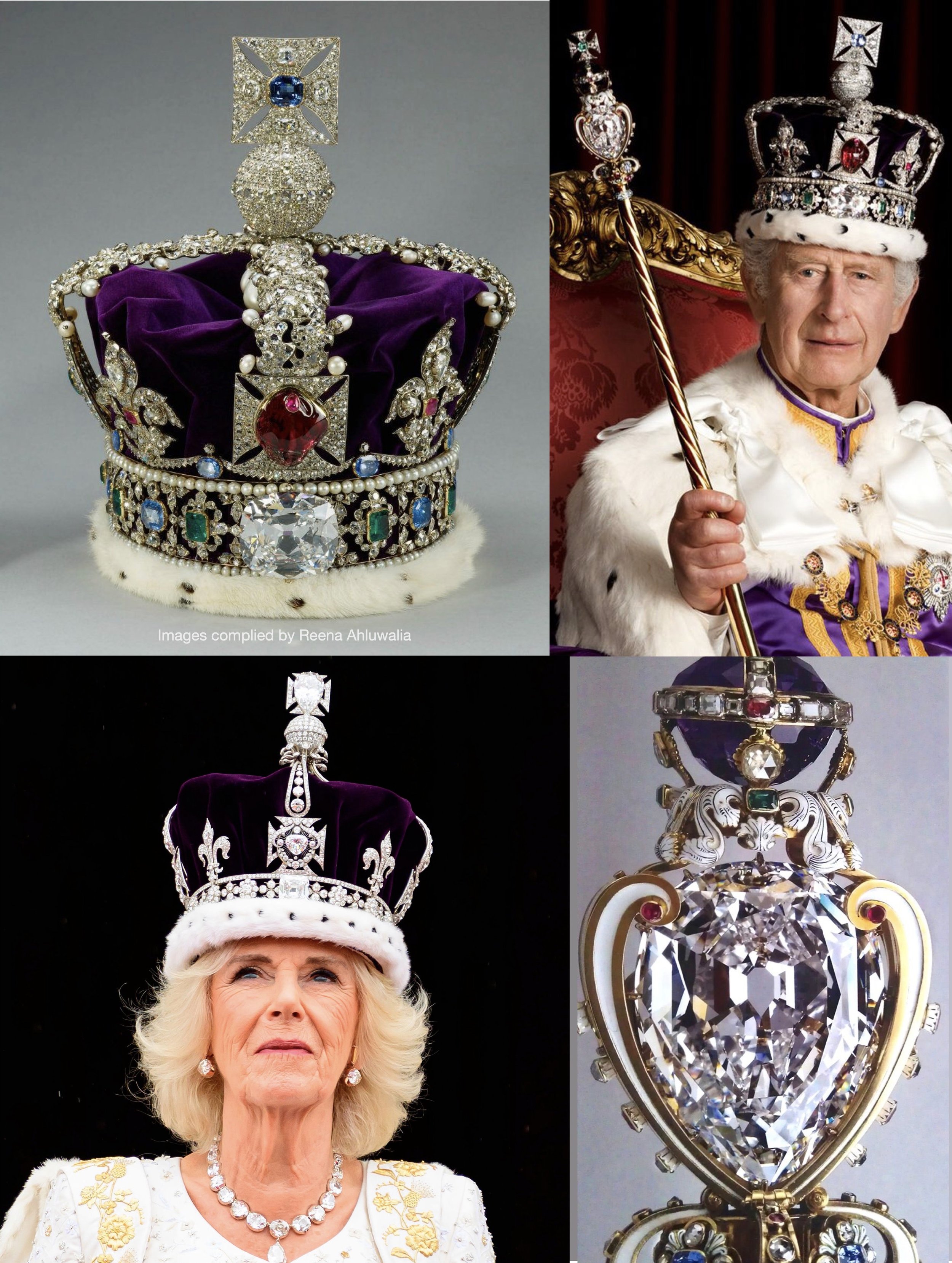
Topping the list by a significant margin is the Cullinan Diamond, the largest gem-quality rough diamond ever discovered. Unearthed on January 26, 1905, at the Premier No. 2 mine in Cullinan, South Africa, this colossal stone weighed an astounding 3,106.75 carats (621.35 grams). Its size was so extraordinary that many initially doubted its authenticity, believing it to be a cleverly placed piece of glass. However, subsequent examination confirmed its genuine nature, solidifying its legendary status.
Named after Thomas Cullinan, the chairman of the mine, the diamond was purchased by the Transvaal Colony government in 1907 and presented to King Edward VII of the United Kingdom as a birthday gift. The journey of this immense rough stone to its final, polished forms is a tale of meticulous planning and skilled craftsmanship. Due to its size and internal flaws, it was decided to cut the Cullinan into several smaller stones.
The task of cutting this behemoth fell to the Asscher Brothers in Amsterdam, renowned for their expertise in diamond cutting. The process was a delicate and challenging one, reportedly taking several months. The Cullinan was eventually cleaved into nine major stones, 96 smaller brilliants, and some unpolished fragments. The two largest gems, Cullinan I (also known as the Great Star of Africa) and Cullinan II (the Lesser Star of Africa), are part of the British Crown Jewels. The Great Star of Africa, weighing 530.2 carats, is mounted atop the Sovereign’s Sceptre with Cross, while the Lesser Star of Africa, weighing 317.4 carats, adorns the Imperial State Crown. The remaining major Cullinan diamonds also hold prominent positions within the Crown Jewels collection, a testament to the unparalleled grandeur of the original rough stone.
2. The Lesedi La Rona: A Modern Marvel

The second-largest gem-quality rough diamond ever discovered is the Lesedi La Rona, meaning “Our Light” in the Tswana language. Unearthed in November 2015 at the Lucara Diamond Corp’s Karowe mine in Botswana, this magnificent stone weighed an impressive 1,109 carats (221.8 grams). Its discovery sent ripples of excitement through the diamond industry, a reminder that nature still holds incredible surprises.
Related articles 01:
1. https://khositrangsuc.com/gems-of-the-gilded-age-three-luxury-jewelry-brands-adored-by-the-elite/
2. https://khositrangsuc.com/chanel-a-timeless-icon-of-luxury-and-innovation/
3. https://khositrangsuc.com/the-enduring-allure-of-tiffany-co-a-legacy-in-blue/
4. https://khositrangsuc.com/the-pearl-pioneers-redefining-elegance-in-the-modern-age/
The Lesedi La Rona is a diamond of exceptional quality, boasting high clarity and color. Its sheer size and remarkable characteristics made it a highly sought-after gem. In 2017, it was sold to the renowned British jeweler Graff Diamonds for a staggering $53 million. Graff meticulously studied the rough stone for over a year before embarking on the challenging task of cutting it.
The primary goal was to create the largest flawless heart-shaped diamond in the world. This ambition was realized with the creation of the Graff Lesedi La Rona, a breathtaking 302.37-carat D-color flawless heart-shaped diamond. While the original rough stone yielded other smaller gems, the heart-shaped centerpiece stands as a testament to the Lesedi La Rona’s exceptional quality and the skill of the cutters. Its discovery and subsequent transformation into a magnificent polished gem underscore the ongoing fascination with these natural wonders.
3. The Excelsior Diamond: A Historical Giant
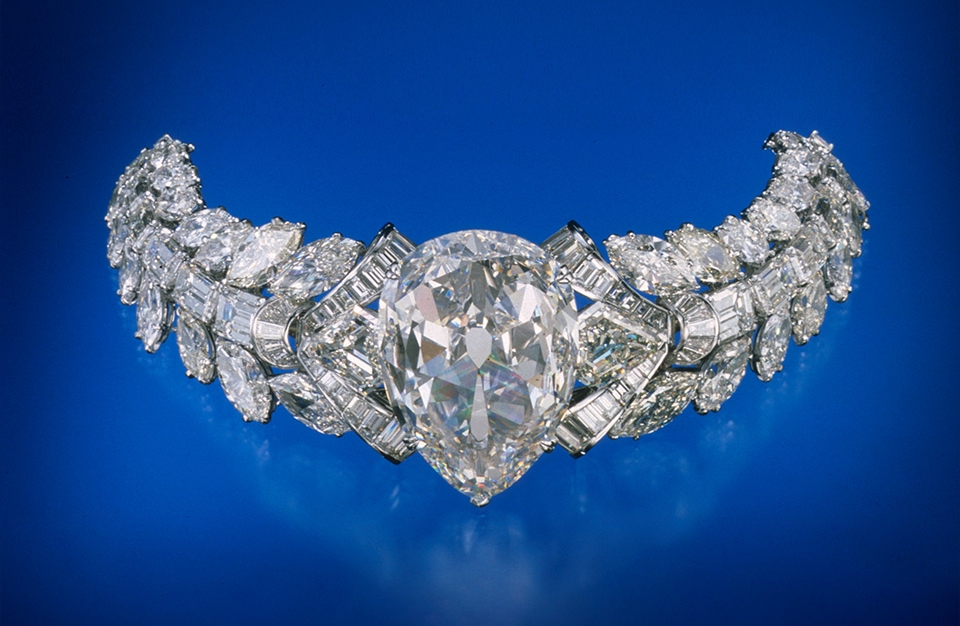
Discovered on June 30, 1893, at the Jagersfontein Mine in South Africa, the Excelsior Diamond held the title of the largest known diamond in the world before the discovery of the Cullinan. This impressive rough stone weighed 995.2 carats (199.04 grams). Its name, meaning “ever higher” in Latin, aptly reflected its remarkable size.
The Excelsior was found by a worker who reportedly received a mere £500 for his extraordinary discovery, a stark contrast to the immense value the diamond held. Unlike the Cullinan and Lesedi La Rona, the Excelsior was unfortunately cleaved into numerous smaller stones, with no single large gem emerging from its cutting.
The largest polished stone from the Excelsior weighed 69.68 carats and is known as the Excelsior I. Several other significant diamonds were also cut from the original rough, including the Excelsior II (47.03 carats) and the Excelsior III (46.93 carats). While the decision to cut the Excelsior into multiple smaller gems was based on maximizing its overall value and brilliance, the lack of a single, monumental polished stone means it is perhaps less widely remembered than the Cullinan. Nevertheless, its historical significance as the largest diamond known at the time of its discovery remains undeniable.
4. The Star of Sierra Leone: A Symbol of Hope
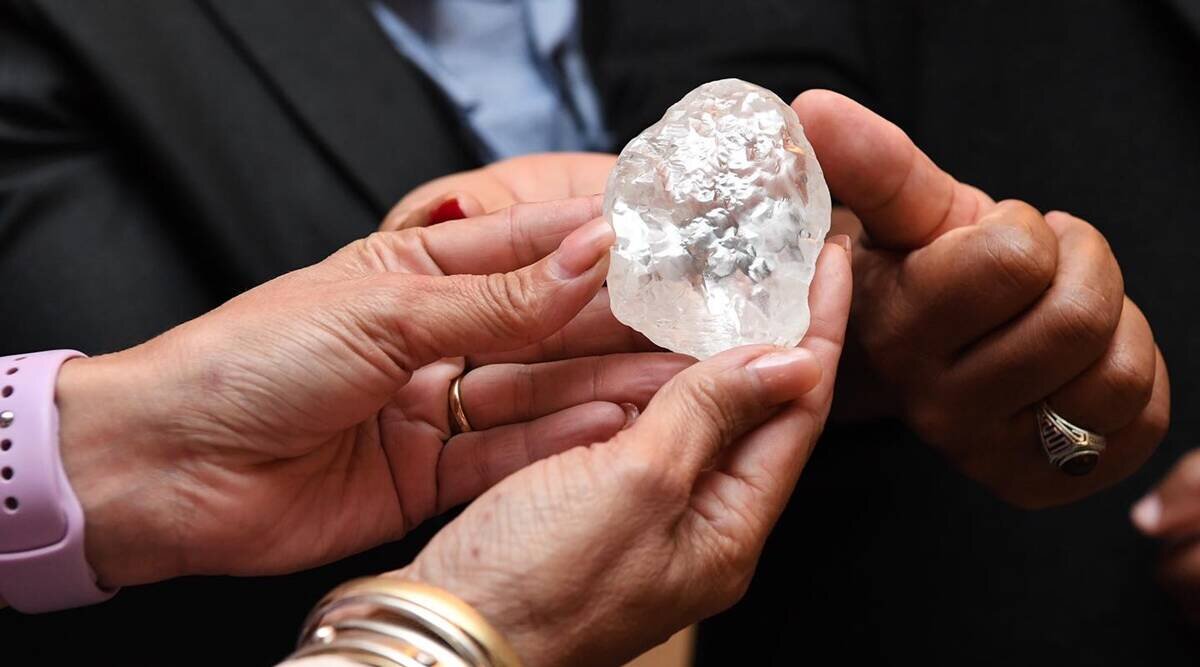
The Star of Sierra Leone is another remarkable rough diamond that captured the world’s attention upon its discovery on February 14, 1972. Found in the Diminco mine in Sierra Leone, this impressive stone weighed 968.9 carats (193.78 grams). Its discovery coincided with a period of political and economic instability in the country, and the diamond was seen by many as a symbol of hope and potential prosperity.
The Star of Sierra Leone was renowned for its exceptional clarity and colorless nature. It was an alluvial diamond, meaning it was found in a riverbed rather than in the primary kimberlite pipe where diamonds are typically formed. This suggested it had traveled a significant distance from its original source.
Related articles 02:
1. https://khositrangsuc.com/the-enduring-allure-of-tiffany-co-a-legacy-in-blue/
2. https://khositrangsuc.com/harry-winston-the-king-of-diamonds-and-his-reign-in-high-jewelry/
4. https://khositrangsuc.com/a-connoisseurs-guide-to-the-worlds-leading-jewelry-houses/
5. https://khositrangsuc.com/versace-a-legacy-of-boldness-glamour-and-italian-opulence/
The diamond was eventually sold for $2.5 million and cut into several smaller stones. The largest of these is a pear-shaped diamond weighing 143.2 carats, which is also named the Star of Sierra Leone. In total, 17 smaller diamonds were cut from the original rough stone, with 11 of them being flawless. The Star of Sierra Leone remains a significant diamond in history, not only for its size and quality but also for the symbolic hope it represented for the people of Sierra Leone.
5. The Incomparable Diamond: A Triumph of Nature’s Geometry
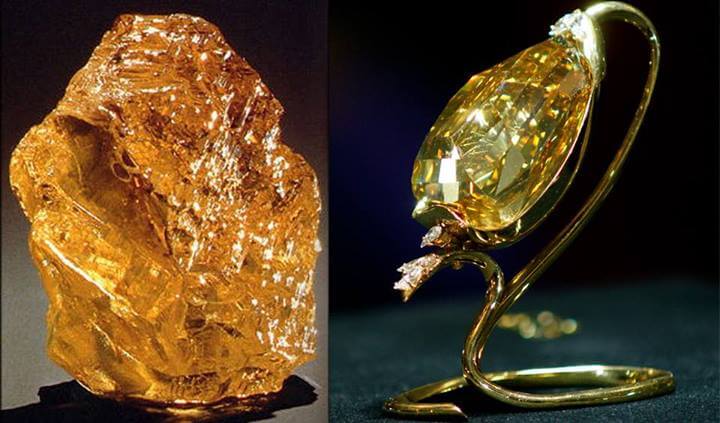
Rounding out the top 5 is the Incomparable Diamond, a uniquely shaped rough diamond discovered in the Democratic Republic of Congo (then Zaire) in the 1980s. This remarkable stone weighed 890 carats (178 grams) and possessed a distinctive triangular shape with a brownish-yellow hue. Its discovery was somewhat serendipitous, reportedly found by a young girl playing in a pile of mining rubble.
The Incomparable Diamond underwent a meticulous cutting process that took four years to complete. The goal was to preserve its unique shape while maximizing its brilliance. The resulting polished diamond is a modified shield or step-cut stone weighing 407.48 carats. Its unusual shape and warm color make it truly distinctive and deserving of its name.
The Incomparable Diamond has had several owners throughout its history and has been displayed in various museums and exhibitions around the world. Its journey from a rough stone found by chance to a magnificent polished gem is a testament to the transformative power of skilled craftsmanship and the inherent beauty found within these natural wonders.
Conclusion:
The top 5 largest diamonds ever discovered are not just impressive in their size; they are also imbued with fascinating histories, tales of discovery, and journeys of transformation. From the colossal Cullinan, now part of the British Crown Jewels, to the modern marvel of the Lesedi La Rona, and the unique shape of the Incomparable, each of these diamonds represents a pinnacle of geological wonder and human artistry. Their stories continue to captivate and remind us of the extraordinary beauty and enduring allure of these precious stones, forever etched in the annals of gemological history.

